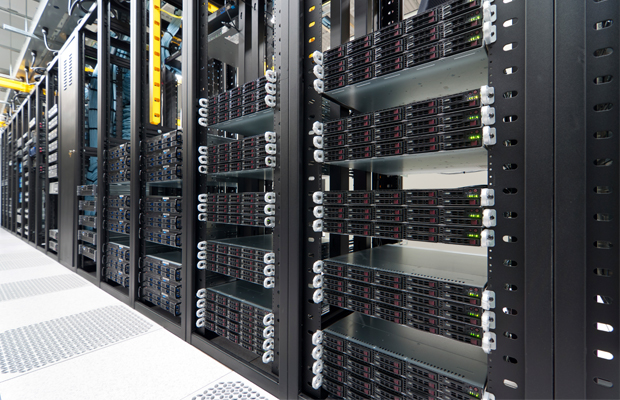Introduction To Leasing Equipment

If you run a business that uses specialist equipment, then you may find yourself needing to lease certain machinery. If you’re in this position, the whole task may seem a little daunting at first. Leasing may be a pretty big subject, but with a little research you’ll have a perfectly decent understanding of it. Here, I’ll go over some of the different types of equipment leasing. With these brief descriptions, and a bit of your own study, you’ll be able to come to a wise decision. Having the right equipment loan can mean a lot for a business. Take your time, do your homework and think everything through!
Almost all equipment leases can be sorted into two main categories; capital and operating leases. A capital lease is where the company ultimately ends up owning the piece of equipment in question. These are favoured mainly by firms which intend to or must own the equipment by the end of the lease. Operating leases are slightly different. With these, the company is cut off from any potential benefits or drawbacks of actual ownership. There are several other types within these two categories, which we’ll get into later. The one you choose all depends on the kind of gear you’re looking to lease, the time you’ll need it for and so on. Each category has its own distinct benefits and disadvantages, so do your research! Outside of these two families, there are some niche types, such as sale and leaseback.
Here are some specific examples from both of the larger groups. $1 buyout leases, as they’re commonly known, are a kind of capital lease. This has a number of tax benefits for most companies, though we won’t get into that here. This is one of the most popular options for companies that definitely want to own the equipment at the lease’s end. You may be wondering where the “$1” comes into this. Simply put, after a predetermined period of time leasing the equipment, the firm purchases it permanently for one dollar. FMV leases are a fairly common kind of operating lease. If you think your firm could possibly do with the machinery, but you’re not completely certain, this may be the route for you. After an agreed lease, the firm will have to choose one of three options. If they want to, they can buy the equipment at its standard market price. If the equipment wasn’t that beneficial, they can give it back. Alternatively, they can set up a fresh lease. If you have limited means to looking into the details of some machinery, then an FMV might be the safest option. Often, the best way of deciding the worth of equipment is having a test-drive!
Hopefully this has made equipment leasing a seem a little more simple. Making such significant investments should never be taken lightly, but rest assured it’s not a total minefield. Like any business decision, think every single step through, keep an eye on your cash flow, and go over all possible outcomes.













 © 2024
© 2024
0 comments